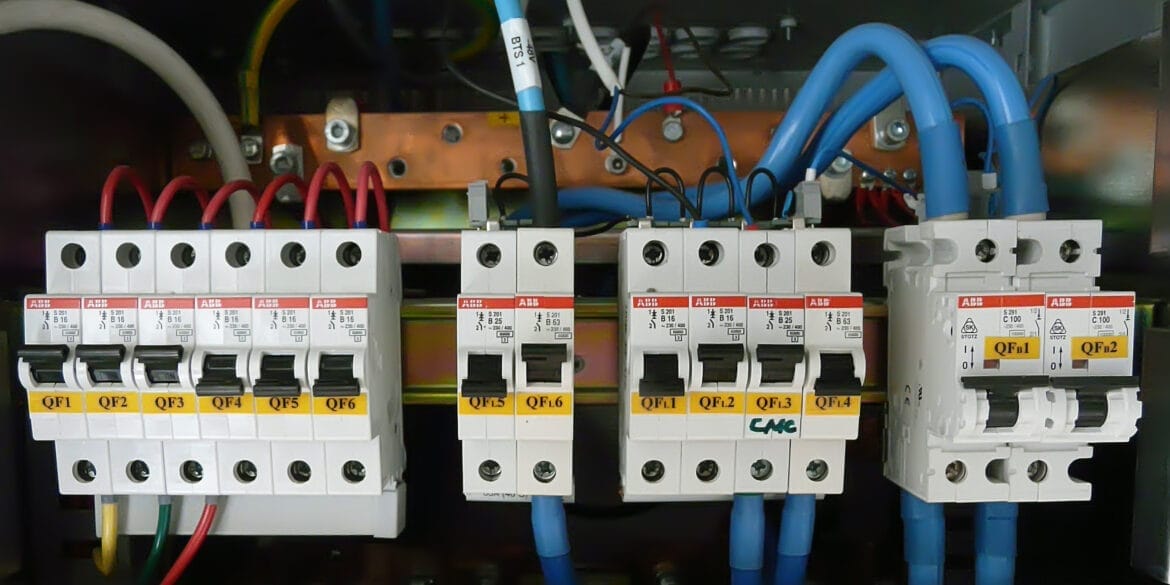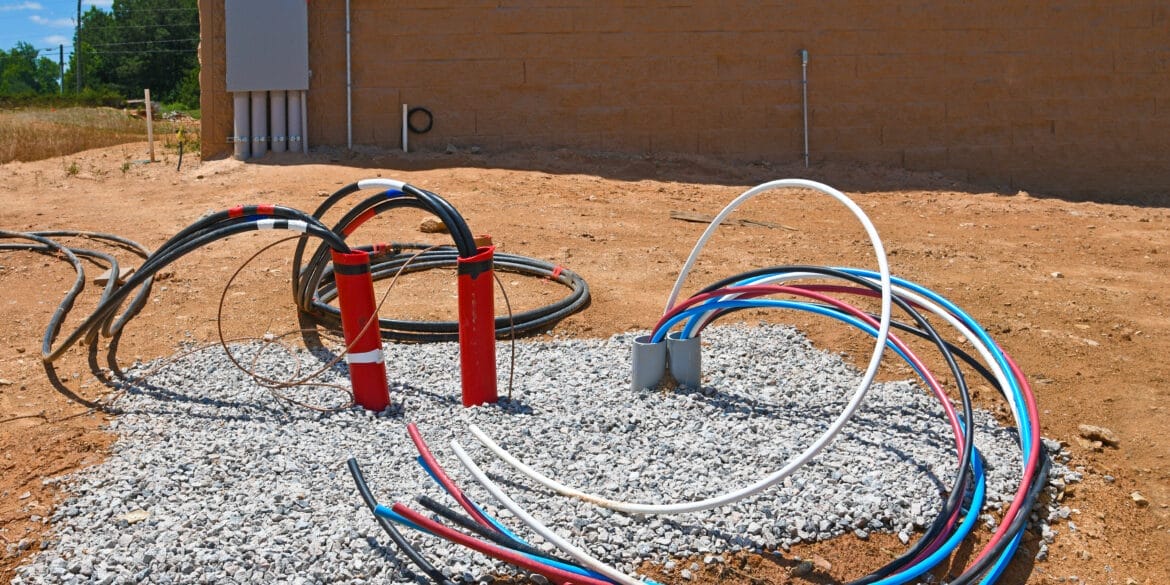다운로드:
소개
The purpose of this article is to provide a better understanding of Fault Loop Impedance, also referred to as Earth Fault Loop Impedance so that the requirements of AS/NZS 3000 Wiring Rules for safety, design, installation and testing of electrical installation are met.
You can calculate Fault Loop Impedance by hand or using software. Cable Pro Web software can accurately calculate Fault Loop Impedance.
This document provides:
- The theoretical background behind fault loop impedance which will lead to a better understanding for those required to perform the designs and calculations.
- A practical guide to performing the processes and procedures to meet the requirements of the Australian and New Zealand Standard AS/NZS 3000:2018.
- Information about how the fault loop impedance is used by the Cable Pro Web software to calculate earth cable size.
Theoretical background behind fault loop impedance
The earth fault loop in an MEN system comprises the following components:
- The protective earthing conductor (PE) including the main earthing terminal/connection or bar and MEN connection.
- The neutral return path consisting of the neutral conductor (N) between the main neutral terminal and the transformer neutral point.
- The path through the transformer winding.
- The active conductor (A) as far as the point of the fault.
The earth fault loop is normally regarded as consisting of the following two parts:
- Conductors upstream or ‘external’ to the reference point.
- Conductors downstream or ‘internal’ to the circuit from the reference point.
Figure 2 shows the earth fault loop for an active-earth short circuit. At the instant of the fault current will flow through the earth fault loop with its current magnitude limited by the total path impedance (Zs) which is obtained from the sum of impedances of the individual elements.

Requirements of the Australian Standards
AS/NZS 3000 Wiring Rules applies throughout Australia and New Zealand and is references in whole or in part in legislation in all states of Australia and in New Zealand. Therefore, the design and the installation of all electrical circuits in these regions must meet the minimum requirements of this Standard.
A basic safety requirement stated in AS/NZS 3000 is the protection of people from ‘indirect contact’ with live parts. Automatic disconnection of the power supply is the most common way of satisfying this requirement. However, there is a bit more to it than that.
To comply with the Wiring Rules each circuit in an electrical installation must be designed such that automatic disconnection of the power supply occurs within a specified time when a short-circuit of negligible impedance occurs between the active and protective earth conductor or other exposed conductive part anywhere in the electrical installation.
To fulfil this requirement of AS/NZS 3000 when an active to earth fault occurs, and this is the important bit, the total impedance of the fault loop path (consisting of all conductors, connections and contacts as well as the transformer windings) must be low enough to allow sufficient current to flow to ensure the protective device will operate within the specified time.
Therefore, the actual total earth fault loop impedance (Zs) and maximum allowed fault loop impedance Zmax must be obtained.
Calculating the actual fault loop impedance (Zs)
Total earth fault loop impedance (Zs) is approximately equal to the sum of impedances of all of the circuit components in the fault loop impedance current path shown in Figure 2.
That is the total fault loop impedance is equal to:
The internal impedance (Zint) is calculated as:
An accurate method that Cable Pro uses of determining impedance of the conductors in the earth fault loop path is to use the resistance and reactance data given in AS/NZS 3008.1 – Electrical Installations – Selection of Cables.
To calculate the external impedance (Zext) the rule from AS/NZS 3000 that at least 80 % of the nominal phase voltage will be available at the position of the protective device is used.
Calculating the maximum allowed fault loop impedance (Zmax)
The actual fault loop impedance (Zs) should be lower than the maximum allowed to ensure the circuit protective device will trip during a fault.
The maximum allowed fault loop impedance (Zmax) is calculated based on the rating of the protective device as follows:

Where
Uo = Nominal phase voltage.
Ia = Current ensuring automatic operating of the protective device.
Zmax = Maximum earth fault loop impedance.
Ia for circuit breaker is the mean tripping current as follows:
- Type B = 4 (typical) × rated current
- Type C = 7.5 (typical) × rated current
- Type D = 12.5 (typical) × rated current
- Ia for fuses are appropriate mean values from AS 60269.1.
Note the actual trip multiplier value may vary and in Cable Pro software this value is changed to match the actual protective device setting.
The value of maximum earth fault loop impedance (Zmax) with respect to the actual total impedance (Zs) may be used to determine the appropriate earth cable size (explained below).
How to calculate earth cable size
The earth cable size needs to be sufficient to ensure:
- Appropriate earth fault loop impedance (Zs).
- Adequate current-carrying capacity for prospective earth fault currents for a time at least equal to the tripping time of the associated circuit protection (adiabatic equation).
- Adequate mechanical strength.
The selection of the earth cable size is determined from either:
(a) Table 5.1 in AS/NZS 3000:2018 which provide conservative earth cable sizes with relation to the largest active cable size (or summation where there are parallel circuits).
(b) By calculation – this requires the protective device details to be known. When calculating earth cable size then appropriate earth fault loop impedance must be ensured.








